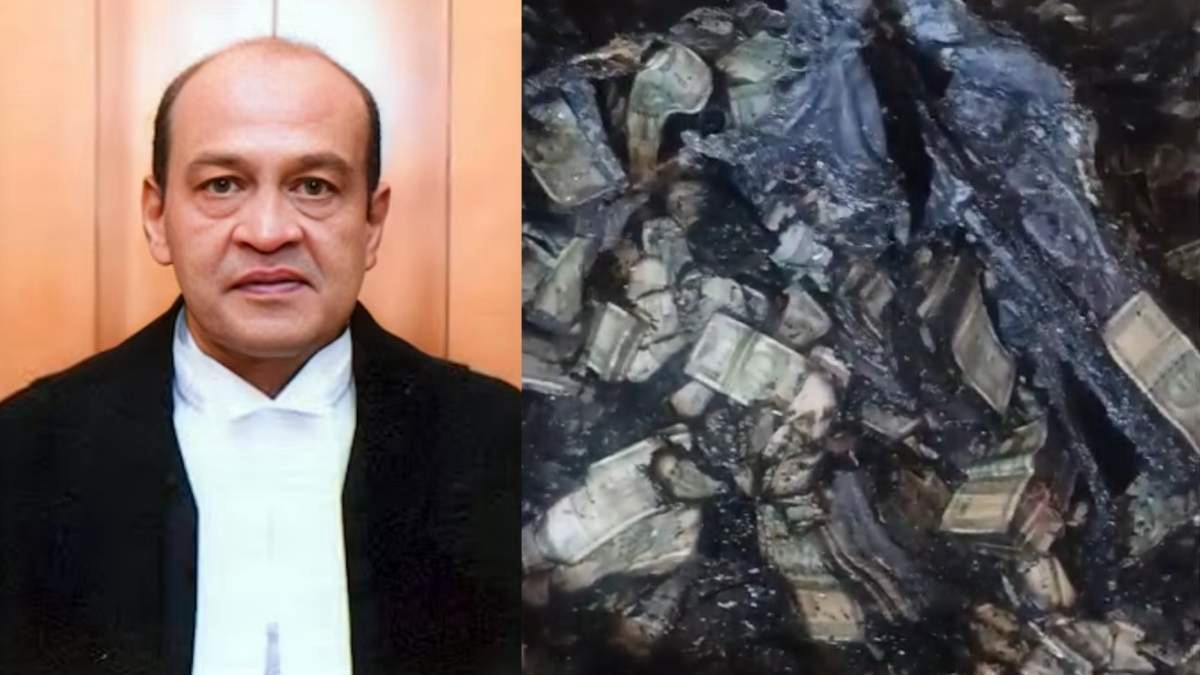The Indian judiciary is grappling with one of its most sensitive internal crises in recent years. On March 14, a fire at the Delhi residence of Justice Yashwant Varma led to a shocking discovery—bundles of burnt currency notes. An in-house Supreme Court panel has now confirmed the cash recovery and sent its report to Chief Justice of India (CJI) Sanjiv Khanna.
1. Fire at Judge’s Home Led to Cash Discovery
The incident took place on March 14–15, 2025, at Justice Varma’s Delhi home. Emergency responders and fire personnel reportedly found a significant quantity of burnt currency in a storeroom, triggering immediate concern. Photos and videos from the scene went viral, raising serious questions.
2. Supreme Court Set Up a Three-Member Inquiry Panel

The CJI formed an in-house committee on March 22 comprising Chief Justices Sheel Nagu, GS Sandhawalia, and Justice Anu Sivaraman. Their task: conduct a fact-finding mission into the incident and determine if judicial impropriety was involved.
3. Cash Discovery Confirmed by In-House Report
According to sources at India Today, the panel submitted its report confirming the cash recovery. The document includes visuals of burnt notes, forensic evidence, and testimonies from staff, police, and fire officials.
4. Justice Varma Given Option to Resign
While no formal guilt has been established, Justice Yashwant Varma has reportedly been given two days to respond to the findings. Sources suggest he has been offered the option to resign voluntarily. If he refuses, impeachment proceedings may follow.
5. Transfer to Allahabad High Court Not Disciplinary
Justice Varma was recently transferred to the Allahabad High Court. However, the Supreme Court clarified that this transfer was administrative and independent of the cash recovery inquiry.
6. CJI Sanjiv Khanna May Decide Before Retirement

CJI Sanjiv Khanna, who retires next week, is expected to make a decision on further action before demitting office. His move could set a precedent for handling judicial controversies at the highest level.
7. Report Contains Visual and Forensic Evidence
The panel’s report features photographs, videos, statements from first responders, and a detailed timeline of the fire. While it is only a fact-finding document and not legally binding, it holds significant weight in the judiciary’s internal deliberations.
Conclusion: A Test for Judicial Transparency
This development puts the spotlight on judicial accountability and internal transparency. With the CJI’s imminent decision looming, the nation watches closely. Will this be handled with the openness expected of India’s apex court?
To understand how judicial transfers are handled in India, read our article on Judicial Transfers and Controversies in India.








